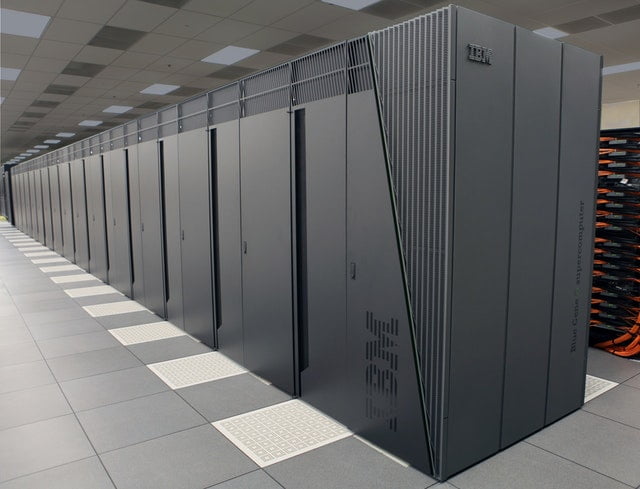As with other forms of new technology, cloud computing is fraught with a variety of myths and misconceptions among those lacking experience and expertise in the field. Cloud technologies are also developing and advancing by the day, which creates even more possibilities for information spread to be inaccurate. It also provides tools that reach all industries and can be incredibly useful, so learning about the potential of cloud computing is beneficial to all.
IT consultancy is one way of clarifying ideas surrounding the cloud, as well as offering the best cloud solutions. For UK based businesses, IT support in the London area is on hand to address cloud and other IT issues you may have.
Here are some of the cloud myths that you may have heard in recent years:
As is often the case with new technologies, it is widely believed that the cloud will cost the world jobs, as machines will take the jobs previously held by humans. In fact, there is a wide range of industries, such as marketing, education, healthcare, telecommunications and banking, in which new jobs are being created thanks to cloud technology. With the global cloud services market growing fast and predicted to be worth over $330 billion by 2022, job vacancies for engineers, developers and administrators are also expanding.
Many are attracted to cloud technology from the widely-held belief that it is always cheaper than on-premises deployments. While using cloud technology is cost efficient due to its elastic nature and migrating to cloud may lead to savings in the long run, some applications are more appropriately kept on premises. People often assume that because the cloud doesn’t require data centre hardware and maintenance and it is modern and popular, it must be less expensive. In reality public cloud services can also be costly when used in the long run, but may be a suitable solution for the short term.
Another misconception is that cloud systems are not as safe as on-premises systems. Major public cloud providers, such as AWS, Google and Microsoft, make security a first priority to avoid breaches that would be damaging to their reputations. This means using cutting edge technologies from data loss prevention to rootkit detection based on machine learning. Google has 750 experts working on cloud security alone. Work is ongoing, with applications configured and policies set. Risks exist for both cloud systems and traditional ones, but cloud users share responsibility with the cloud provider.
Many organisations make the mistake of thinking that a single cloud platform will be sufficient for the company. It is often the case that an organisation migrates to a hyperscale cloud platform then becomes comfortable with their platform, believing that it can meet all of their needs. This means that they can be missing out on the potential benefits and innovations to be gained from additional services. IT leaders may often be reluctant to replace old systems that have powerful capabilities, so they discount the fact that alternative or upgraded versions will reveal different approaches and new innovations.

A common myth associated with public cloud systems is that you will lose control of your cloud data. This may have been caused by data privacy concerns often raised by the media, but major cloud providers would not take the risk of spying on customers, due to the damage that exposure could do to business. Google has even released its own Access Transparency, a service that allows businesses to view the actions of vendors in the cloud. Control has not been lost, it just needs to be managed and shared by all involved.
It is widely believed that migrating to cloud is quick and easy. This is not the case if the most effective strategy is to be found. It is recommended that a cloud transition strategy includes guiding principles, necessary organisational adjustments, oversight responsibilities, required skills and the technology infrastructure that will make the operation possible. If this is not managed effectively, then the benefits of cost savings and a more efficient infrastructure will not be fully realised.
Enterprises often think that multi-cloud deployments are made easier by the use of containers. While Kubernetes clusters and containers can ease the process of migrating applications across clouds, this does not mean that a container should be used for every workload. Multi-cloud may be appropriate for SaaS or poly-cloud strategies in which workloads are separated across cloud platforms. An example of this is Google for machine learning or Azure for .NET applications.
It is easy to be caught up in the many capabilities of cloud computing and misunderstand or be misled by the more technical issues. Learning new technologies requires time and patience, and these are not always readily available. Cloud technology is set to become a big part of everyday life, so it is something we will all need to become more familiar with sooner or later. We should all commit to learning about new technology, and look to the future.

